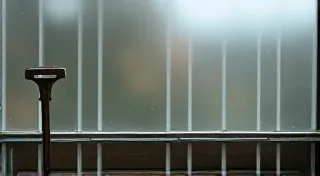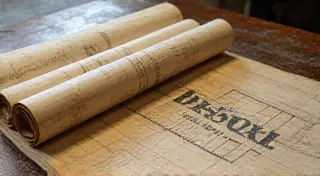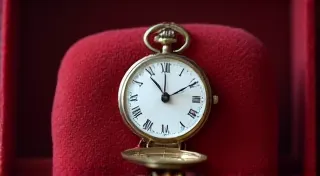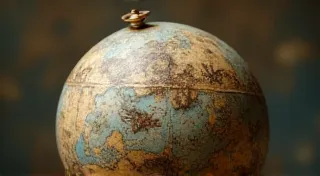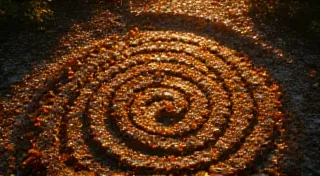The Sentimental Archipelago: Building a Postcard Collection with Heart
Vintage postcards. The very words evoke a sense of nostalgia, a whisper of a time long past. They aren't just pieces of cardboard printed with images; they are fragments of lives lived, messages carried across distances, tangible links to moments that might otherwise be lost to the relentless march of time. For those drawn to postcard collecting, it’s often more than a hobby; it’s an act of preserving memories, of building a personal archipelago of the past, each card an island brimming with stories waiting to be rediscovered.
The allure isn't always about rarity or value, though those elements certainly can add a thrill to the pursuit. The true magic of postcard collecting, the kind that resonates deep within, comes from curating a collection with heart – a collection built not just on what a card *is* in the marketplace, but on what it *represents*.
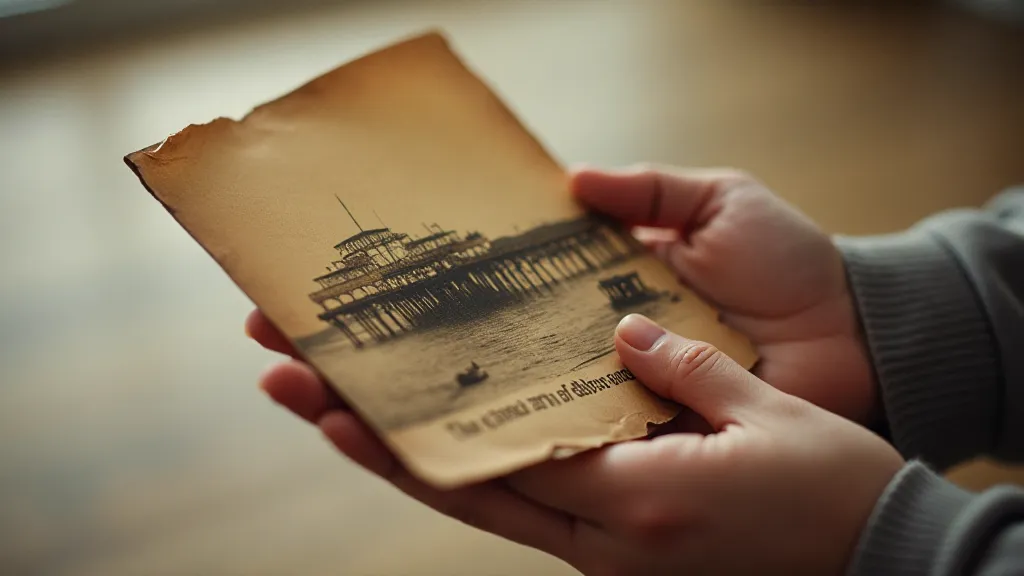
Beyond the Price Tag: The Story Each Card Holds
Think about it. A postcard was often a spur-of-the-moment decision. Someone, perhaps on holiday or visiting a friend, would pause, select an image that resonated with them, and scribble a few lines – a quick greeting, a brief observation, a simple “wish you were here.” These weren't considered the weighty pronouncements of an author or the carefully considered expressions of an artist. They were fleeting moments captured and shared, often forgotten just as quickly. And that's precisely what makes them so precious.
The historical context is key. Consider a postcard from the early 1900s depicting a Main Street in a small town. It wasn’t just a picture of a street; it was a snapshot of a community, a window into the fashion, the architecture, the everyday lives of people who lived and worked there. Compare that to a postcard from the 1950s showcasing a newly constructed highway – a symbol of post-war prosperity and the rise of automobile travel. Each image speaks volumes about the era in which it was created. It’s fascinating to contemplate how the very scenes depicted on these cards sometimes diverged from reality – a phenomenon explored in more detail in “Cartes Imaginaires: When Postcard Scenes Diverged From Reality”. These inconsistencies remind us that even seemingly straightforward images can be interpretations, artistic licenses, or even outright fabrications.
My own collecting journey began with a single postcard—a faded image of a bakery in my grandmother's hometown. I knew nothing about postcards at the time, only that it connected me to a place she spoke of with such fondness. That simple card sparked a passion, leading me down a rabbit hole of research and discovery. I began to seek out postcards relating to places my family had lived, businesses they had patronized, and events they had witnessed. It became a deeply personal and emotional project. Sometimes, those images weren't quite what they seemed. I'm fascinated by accounts of how postcards, intended to connect people across distances, could sometimes be riddled with misunderstandings or reflect cultural differences in how messages were conveyed; a topic beautifully explored in “Lost in Translation: The Evolution of Postcard Greetings Across Cultures”. It's humbling to realize that a simple greeting, taken for granted in one culture, could have been interpreted entirely differently in another.
Craftsmanship and the Art of the Golden Age
The “Golden Age” of postcards, roughly from 1907 to 1915, witnessed an explosion of creativity and craftsmanship. Publishers like Curt Teich, Samuel Ward, and the Rotogravure Printing Company competed to produce the most eye-catching and innovative designs. This era saw the rise of linen cards, known for their soft, textured surface and vibrant colors, and later, the introduction of photogravure cards, which offered even greater detail and realism. These weren’t mass-produced in the sense we understand today; each card represented a degree of artistic skill and technical expertise.
The lithographic processes were sophisticated for the time, and the artists employed were often talented and resourceful. They weren't just replicating photographs; they were interpreting them, embellishing them, and creating images that captured the essence of a place or a moment. Look closely at the details – the subtle shading, the delicate line work, the expressive faces of the people depicted. These weren’t just cards; they were miniature works of art. Even the fonts used, often overlooked, contributed to the overall aesthetic and feeling of the postcard. Delving into “The Typographic Palette: Decoding the Font Styles of Vintage Postcards” offers a deeper appreciation for this often-subtle but crucial element of postcard design.
Care and Preservation: Respecting the Past
Preserving vintage postcards isn't about pristine condition; it's about respecting the history they represent. Minor wear and tear are part of their story. However, there are steps you can take to protect them from further deterioration. Acid-free sleeves and albums are essential for long-term storage. Avoid direct sunlight and excessive humidity, which can fade colors and warp the cardstock.
Restoration is a delicate matter. While some minor cleaning might be acceptable (using a soft brush and archival-safe cleaning solution), attempting major repairs can often diminish the card's value and authenticity. If you're unsure, it's best to leave it in the hands of a professional conservator who specializes in paper preservation. The world of vintage postcards isn’t always as straightforward as it seems; unfortunately, forgeries and fraudulent cards do exist. Learning to Beyond the Gilded Edge: Identifying Postcard Frauds and Forgeries is a crucial skill for any serious collector.
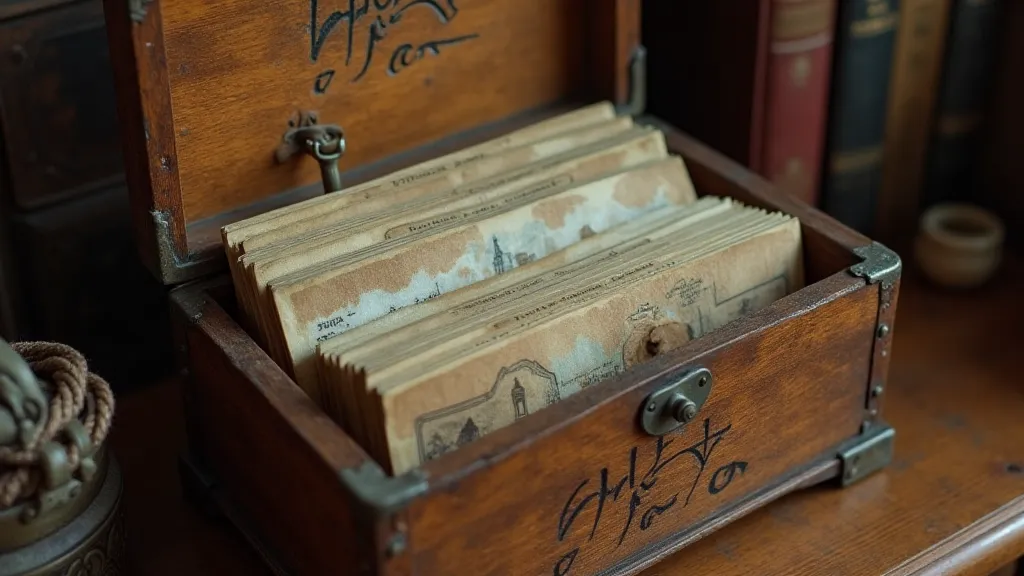
Building *Your* Archipelago: A Personal Collection
Forget the auction frenzy and the endless pursuit of “rare” finds. The most rewarding postcard collections are those built around a theme, a passion, or a personal connection. Perhaps you're fascinated by a particular city, a specific industry, or a certain type of artwork. Perhaps you're collecting postcards featuring animals, or buildings, or people. The possibilities are endless.
Consider collecting postcards related to your family history. Research your ancestors' lives, and then seek out images of the places they lived, worked, and traveled. These postcards will become more than just pieces of cardboard; they will be tangible links to your heritage, stories waiting to be told.
Don's feel limited by geography, either. My own collection extends from the bustling streets of New York City to the quiet villages of rural Vermont, and even to far-flung corners of Europe. Each card represents a place that holds significance for me, a place that has shaped my understanding of the world.
The messages scribbled on these cards are often as captivating as the images themselves. The brief, poetic phrases, the rushed greetings, the heartfelt observations – they offer a unique glimpse into the thoughts and feelings of people from a bygone era. The creativity expressed within the limited space of a postcard is remarkable, and a subject worthy of deeper study. Those fascinated by this aspect of the hobby might find inspiration in “Ephemeral Scribes: The Art of the Postcard Verse”.
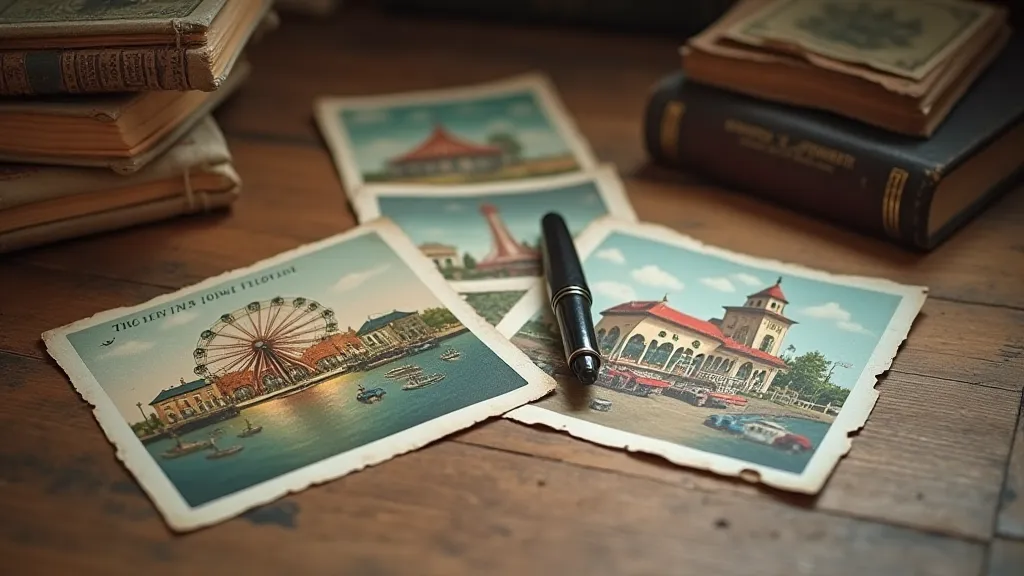
Beyond the visual appeal and the historical context, the power of a postcard often lies in the words it carries. The simple act of sending a message, of connecting with someone across distance, holds a particular charm that resonates deeply with many.
Ultimately, postcard collecting is about more than just acquiring objects; it's about building a connection to the past, preserving memories, and sharing stories. It’s about curating a personal archipelago of the past, one postcard at a time. So, embrace the journey, let your passion guide you, and build a collection with heart.

